Jared Isaacman says Earth 'looks perfect' as he completes first ever private spacewalk
Watch: SpaceX Polaris Dawn: Billionaire Jared Isaacman becomes first person to take part in private spacewalk
US billionaire Jared Isaacman said Earth 'sure looks like a perfect world' as he completed the first private spacewalk and entered the vacuum of space.
The tech entrepreneur, 41, had launched into space on Tuesday from Cape Canaveral in Florida on board a SpaceX Falcon 9 rocket for the Polaris Dawn mission, in a bid to venture further than anyone since Nasa's Apollo Moon missions.
At lunchtime on Thursday, Commander Isaacman and SpaceX enginer Sarah Gillis stepped out of their Crew Dragon spacecraft to conduct mobility tests on their suits – causing huge cheers from crowds watching at the SpaceX California HQ as their video stream showed stunning views of Earth outside the open hatch.
After emerging from the Dragon spacecraft, Isaacman was recorded on the SpaceX video livestream saying: 'Back at home we all have a lot of work to do, but from here, Earth sure looks like a perfect world.'
Isaacman – who self-funded a previous orbit of Earth in 2021 – is among a crew of four who launched from Florida on Wednesday for the 'really risky' milestone mission, which conducted the first privately managed spacewalk (when astronauts leave a spacecraft). Spacewalks have only ever been performed by government astronauts until now.
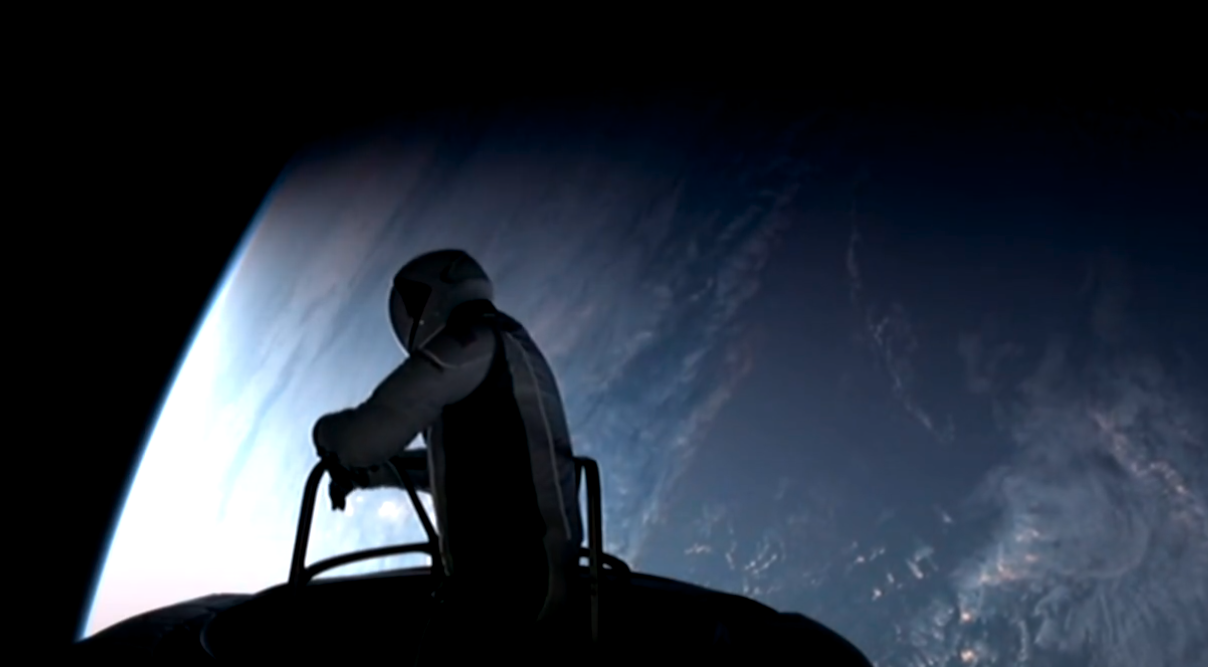
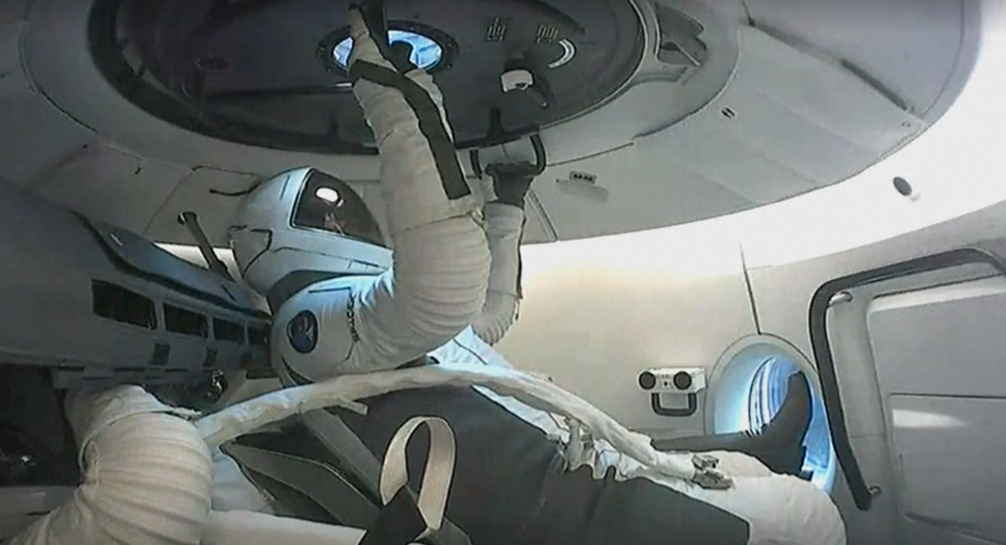
The privately funded Polaris Dawn mission flew the highest Earth orbit ever at 870 miles – surpassing a record set in 1966 by Gemini 11. It explored Earth’s radiation belt and saw two astronauts ‘walk’ outside the craft.
The crew included Isaacman’s friend Scott Poteet, a retired US Air Force lieutenant colonel, and SpaceX lead space operations engineers Gillis and Anna Menon. The crew trained for two years, and donned SpaceX’s spacesuits while venturing (tethered) out of the craft. The entire mission – including the spacewalk – is expected to last six days.
Isaacman, the CEO of electronic payment company Shift4, has funded the mission with sums thought to total hundreds of millions of dollars. He previously said of the mission: "Whatever risk associated with it, it is worth it. We have no idea what it could do to really change the trajectory of humankind… there has to be some first steps in this direction.”
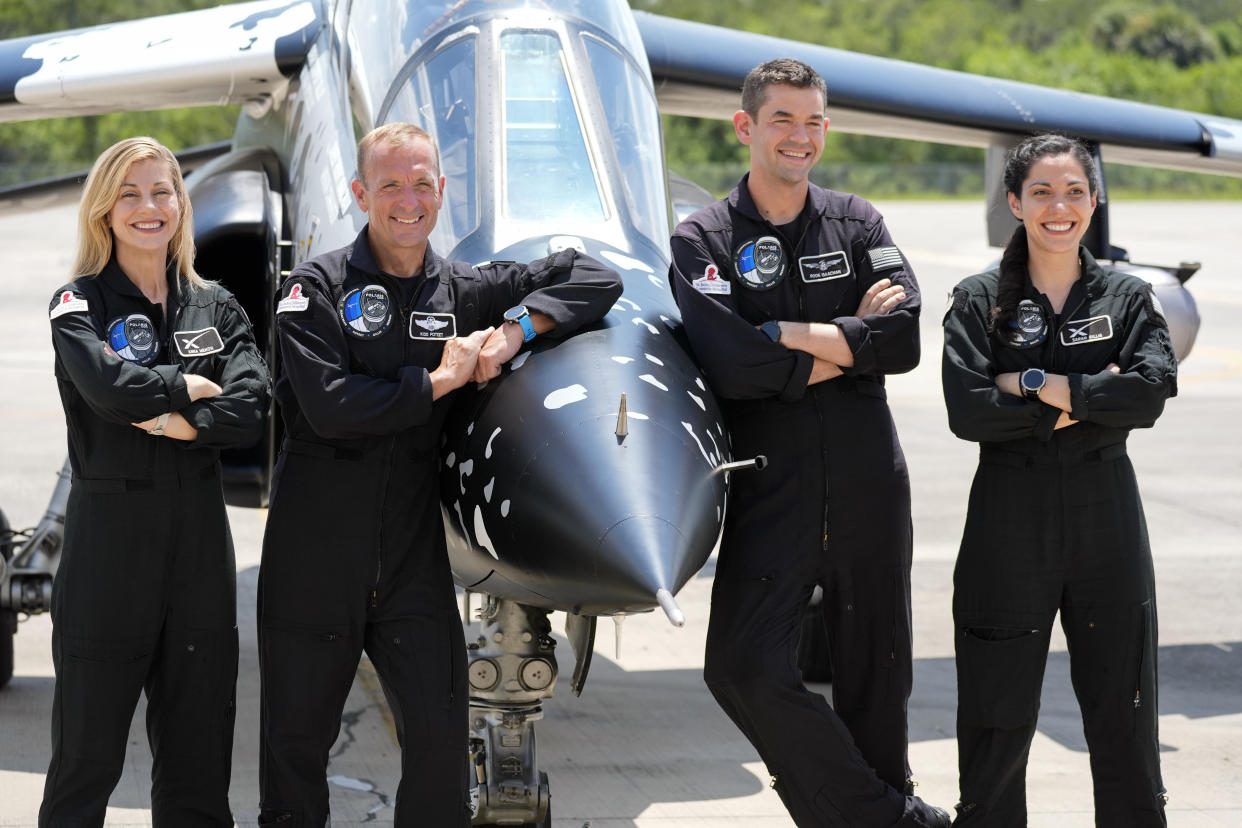
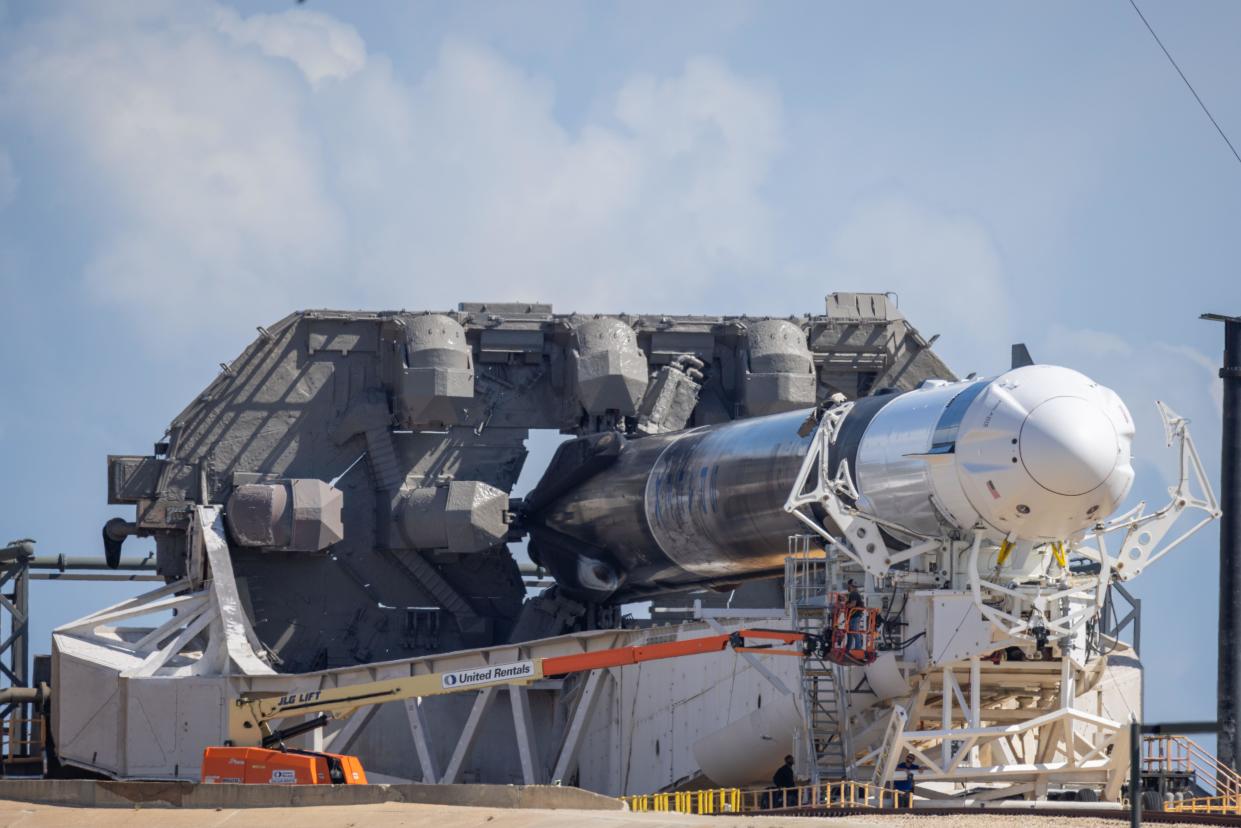
What happened on the spacewalk?
The extravehicular activity (EVA) saw two astronauts – Isaacman and Gillis – float outside the spacecraft.
Crew Dragon has no airlock, so its entire cabin was slowly depressurised ahead of the spacewalk, meaning all four astronauts tested out the new spacesuits.
The Polaris Dawn spacewalk is now complete, marking the first time commercial astronauts have completed a spacewalk from a commercial spacecraft! Congratulations to @rookisaacman, @Gillis_SarahE, @KiddPoteet, @annawmenon, and to all the SpaceX teams!
— SpaceX (@SpaceX) September 12, 2024
Isaacman and Gillis then ‘walked’ outside the cabin. There was cheering and a huge round of applause from spectators and crew at SpaceX's California HQ as Isaacman emerged from the spacecraft, the Earth appearing in front of him.
Gillis also performed the same mobility tests and was applauded as her head popped out of the spacecraft. Once the crew were back inside, the hatch was closed, once again separating the Polaris Dawn crew from space.
Why are spacewalks so dangerous?
Spacewalks are among the most dangerous activities astronauts undertake, due to space radiation and the risk of impacts from space debris or micrometeoroids.
Catherine Heymans, astronomer royal for Scotland, told the BBC on Thursday that it was a “really risky expedition”.
She explained: “It’s not something Nasa would do themselves, because they are sending these astronauts out into a very radiation-dense region of our solar system – a place called the Van Allen belt where there are zones of highly energetically charged particles that are dangerous for humans.“
Heymans added that the team were also using new spacesuits that had been built by Space X and were designed to be more flexible to enable improved mobility for the astronauts in space.
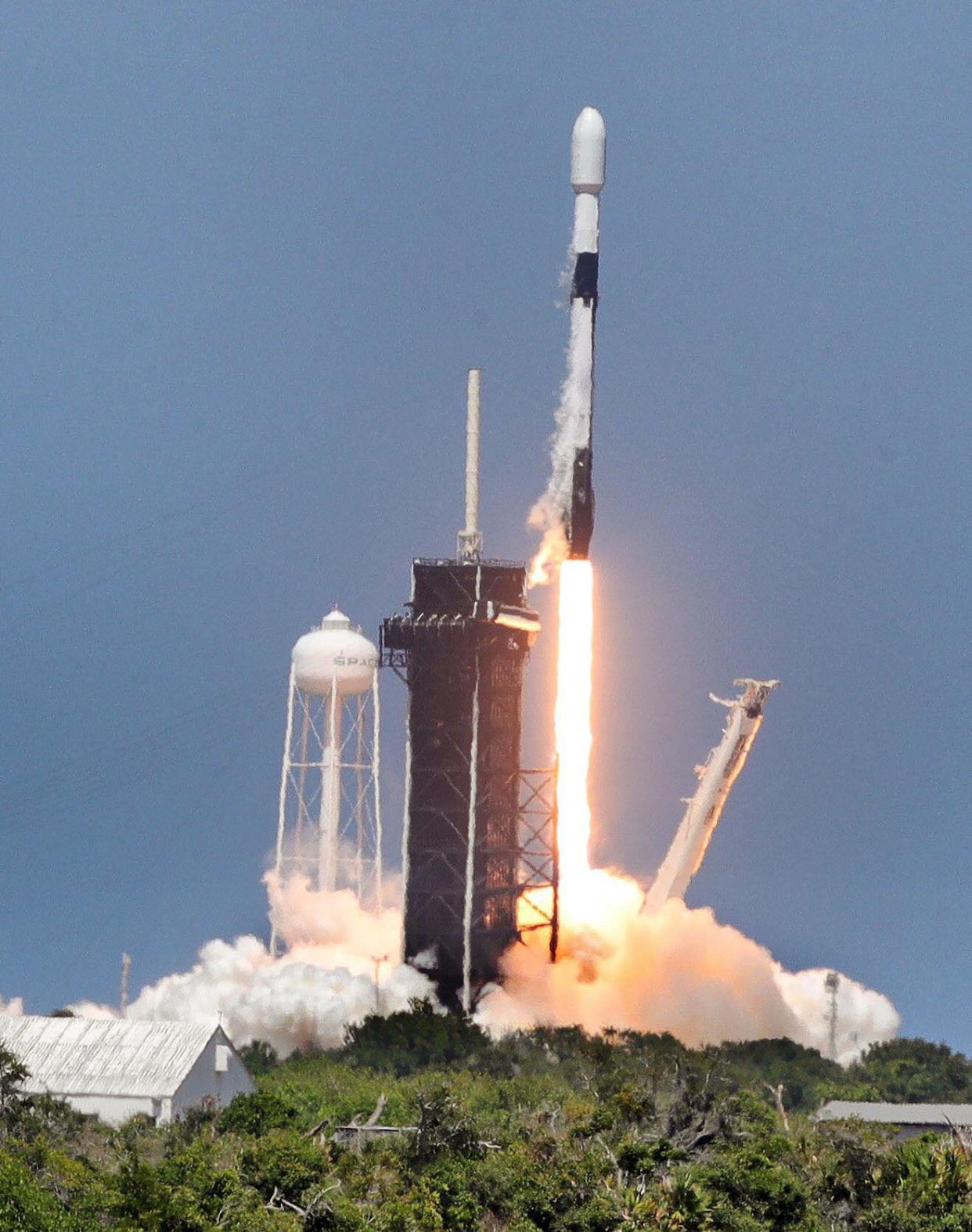
She said: “Any journey into space is risky. I’d love to see humans exploring the Solar System, but [the radiation] is incredibly dangerous. We’re protected here on Earth by our fantastic magnetic field and the further you get away from that protection the more dangerous it is for our health.”
Isaacman has previously said that the astronauts will be “surrounded by death”.
Only government astronauts from the US, former Soviet Union and Russia, the European Space Agency, Canada and China have conducted spacewalks.
Using US and Russian spacesuits, more than 270 spacewalks have been conducted outside the International Space Station since its inception in 2000.
Bill Gerstenmaier, a SpaceX vice president who was Nasa’s human spaceflight chief until 2020, said: "EVA is a risky adventure. But again, we did all the work to really get ready for this. We kind of built off of what Nasa's heritage was, but I think we've also extended Nasa's heritage a little bit further.”
What’s the point of the mission?
The mission orbited through the Van Allen radiation belt (a region of charged particles around our planet) and aimed to conduct research to further understand the effects of spaceflight and radiation on human health.
The mission was a major first test of SpaceX's new astronaut spacesuits.
It marks the latest risky commercial milestone that Elon Musk's space company is looking to clinch on the billionaire's stated goal of building colonies on Mars.


